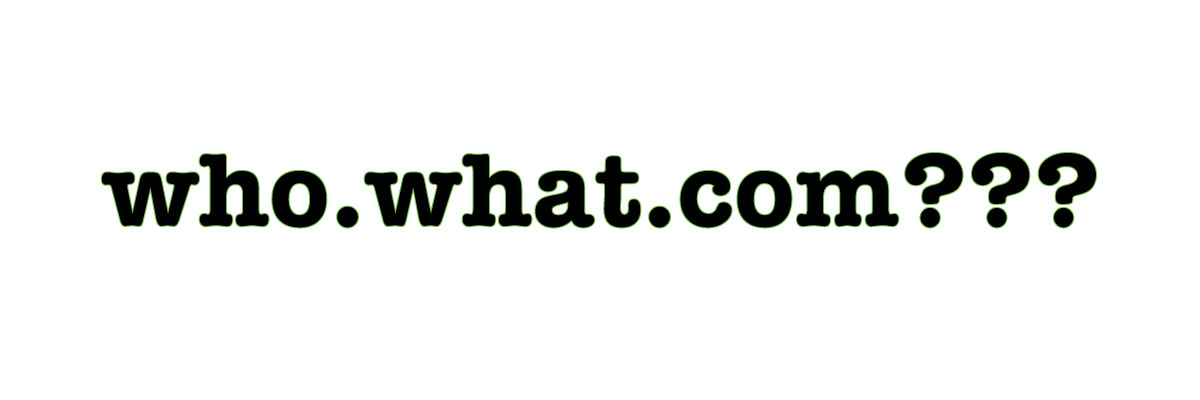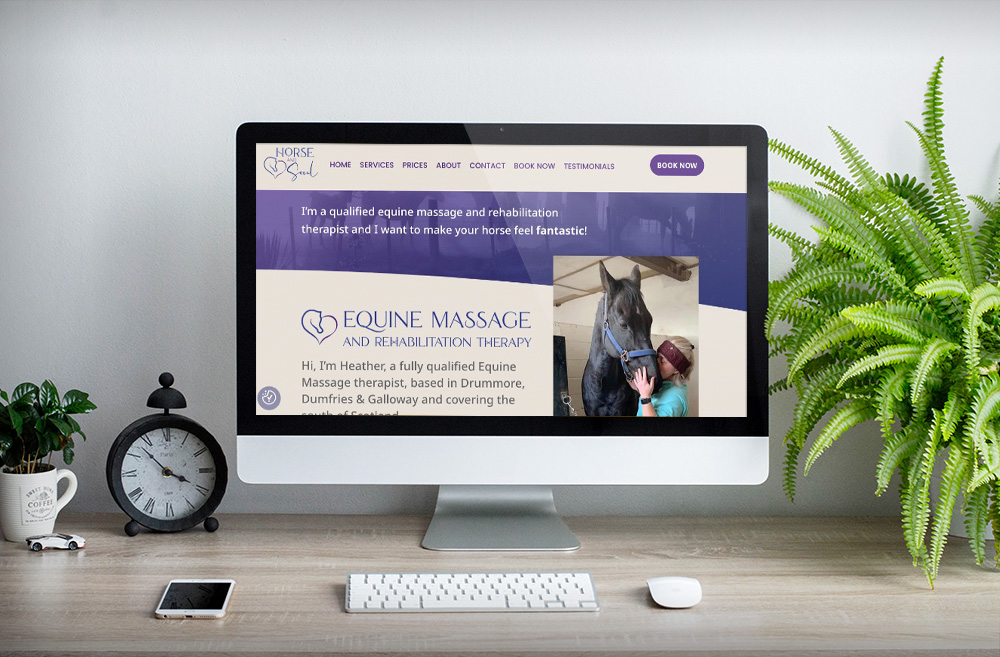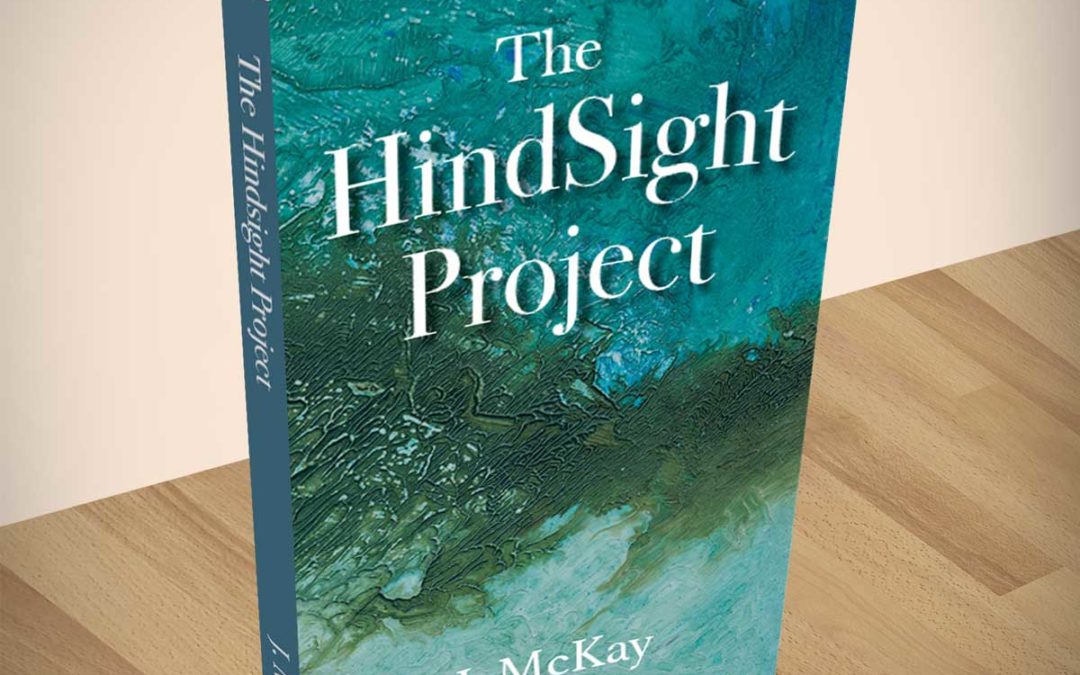Google.com, facebook.com, bbc.co.uk, amazon.com – we all know them and know what to expect when we type them into our web browser. Most of us probably know that these useful pointers to different parts of the Internet are known as domain names. But what exactly is a domain name, where do they come from and how do you get one? Let’s look a little closer…
Domain Names – the view from the top
The first thing to remember is that the domain name system is basically hierarchical. There’s a whole bunch of top-level domains (or TLDs as they’re known) and everything else hangs off there. Which ones are the top-level ones? That’s easy – they’re just the final part of the name. That is, the bit way out at the right hand end, beyond the final dot. So, for example .com, .net, .uk, .de and so on. There are now hundreds of top-level domains, including:
- the original seven that were set up when the Internet was developed (.com .net .mil .gov .org .int and .edu);
- 255 individual country code top-level domains (.uk .fr .de .nl .jp .ru etc.); and
- several hundred new top-level domains that refer to specific industries, companies or organisations (.accountant .bank .author .apple .samsung .toyota and many others).
Each top-level domain is controlled by a single company or organisation whose job it is to oversee registrations under that domain and ensure that any rules and regulations relating to the domain are met. So, for example, Verisign Inc. looks after the .com and .net domains, the US Military looks after .mil and Nominet UK Ltd looks after .uk. These top-level domain registries then approve other companies such as internet hosting providers and domain resellers to handle the business of selling domains names to the public.
Choosing and Buying Domain Names
OK, so if you’re planning on having a website, you’re going to need a domain name. When the World-Wide Web was still a young and fresh thing, finding a great, snappy domain name was relatively easy. Now that we’re a few decades down the line from those early days, it can take a little more time to find the right name but it’s worth putting a little thought into it.
Obviously, you need to find something that relates to you or your business, but you also ideally want to keep it fairly short if you can. If you happen to have a long name and want to use it, that’s fine (and speaking as the owner of www.adrianwaterworth.com I know the feeling) but try to avoid making your domain name any longer than it really needs to be.
Once you’ve chosen your domain name, you need to buy it from someone. There are dozens, if not hundreds, of companies out there who will register your domain for you. Prices vary and some companies will offer a reduced price for a new registration (e.g. new domains for £1) but will then increase the price when it comes time to renew the registration.
Domain Renewals
“Renew the registration?” I hear you ask? Yes, one of the other things to remember about domain registrations is that they aren’t a one-off thing. They do expire and need to be renewed if you want to keep them. The renewal fees are usually the real cost of buying a domain, since most companies will charge a standard level of fees for your domain when renewal time comes around, even if they offered you a cheap registration for your first year.
Some companies will offer a cheap first year registration but then over-charge on renewals to offset their cheap initial offers.
The good news though is that the costs aren’t too bad. At present, typical annual charges for a .uk domain fall around the £10-£12 mark while the annual charge for a .com domain might be £15-£20. As mentioned above, some companies who offer a cheap first registration might increase the renewal charges – I’ve seen companies charging £30 or more to renew a .uk domain – but you just need to watch out for that kind of thing if you’re buying your own domain.
Do I need to buy it myself?
The other bit of good news is that you don’t have to worry too much about any of this if you don’t want to. We can handle it all for you.
Obviously, we’ll need to discuss it with you to find out which domain name you would like to use and to find out whether it’s actually available, but once we’ve settled on the name (or names) we can handle all the registration process for you.
We register the domain in your name (after all, it is yours and is an asset of your business) but we add ourselves as a technical contact so that, in the event of any problems, we are immediately informed and can take care of things on your behalf.
OK, what next?
Aside from your domain name, the other thing that you will need if you are wanting your own web site is a hosting provider for it. When you buy a domain, you’re essentially just buying a sign-post saying where your website is going to live. To bring the website to life, it then needs to be designed, built and installed on a computer somewhere. We’ll be talking about that in another blog post.
I hope that has helped clarify what domains are all about. If you’re looking to set up your own website and want to know more, just drop us an email or use our project enquiry form.




